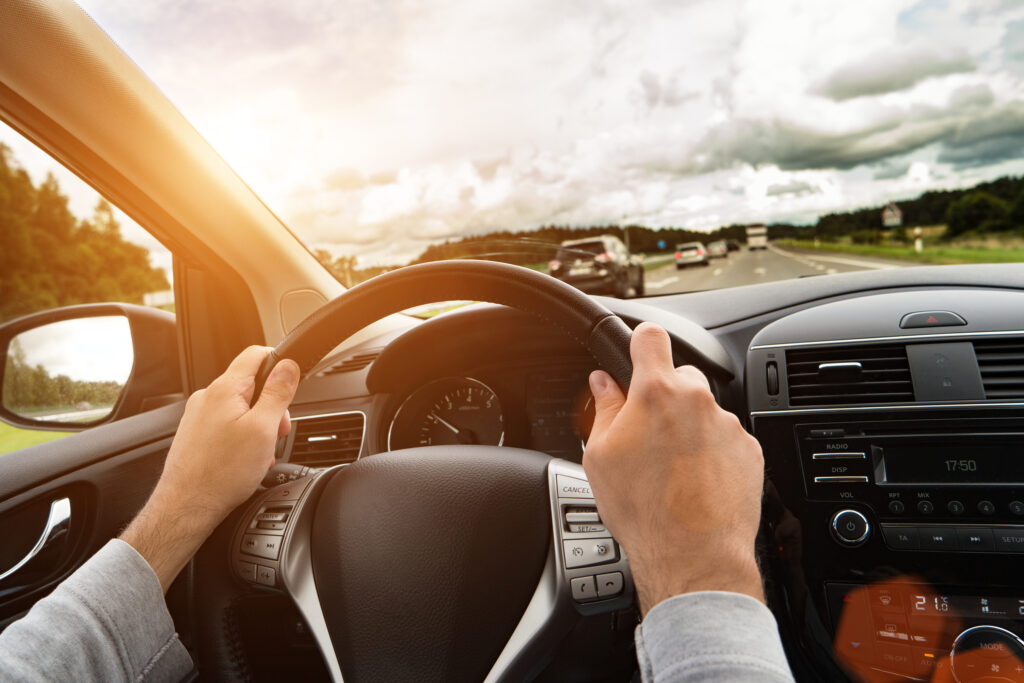
Driving style: preventing loss of residual value using real-time data
At the heart of the leasing business model, the resale value of cars must be kept as high as possible at the end of the contract to ensure a comfortable margin. To achieve this, a number of tools can be used to forecast the residual value over 3, 4 or 5 years, so you can anticipate the financial impact of the operation even before the contract is signed. On the other hand, the impact of the lessee’s driving style throughout the contract on the general condition of the vehicle, and therefore on its resale value, should not be underestimated. Increasingly electrified and connected cars are all the more fragile and potentially altered by irresponsible driving. How can leasers ensure that their vehicles on the road are used correctly throughout the lease period?
Real-time manufacturer data for eco-driving
There’s no need to wait until the end of the contract and the return of the car to take action: the real-time data transmitted by the vehicle to the manufacturer and made available to the solutions publishers can be used to monitor and evaluate the driver’s behaviour throughout the rental period.
This is where Echoes, a neutral server independent of manufacturers, can offer a response to the new needs of leasers in this area. By collecting technical vehicle data from all manufacturers, Echoes is able to collect and harmonise all this information so that it can be displayed in a uniform way in its dedicated CarLocate and CarFleet interfaces. This data includes a wealth of information for assessing driver behaviour:
– Firstly, the average consumption in litres or kWh per 100km, which Echoes can easily compare to consumers with the same profile and a similar vehicle.
– Secondly, the exact position of the car, which instantly detects when it is being used off-road.
– Thirdly, monitoring the level of the petrol tank or traction battery, as well as the history of refuelling and filling up, ensures that the driver is following good practice in this area.
In the near future, other information transmitted by the vehicle in real time could contribute to even better monitoring. For example, the vehicle’s instantaneous speed could potentially be cross-referenced with its GPS location to ensure that speed limits are respected. The intensity of acceleration and braking can also be calculated to assess how smoothly the vehicle is being driven.
Aggressive driving, reduced residual value
So how can analysis of this data help to preserve residual value? In practical terms, there are three major dangers lurking in cars owned by unscrupulous drivers:
- Aggressive driving can only contribute to premature ageing of the car: hard acceleration, sudden braking and excessive speeds can put excessive strain on brake pads and discs, shock absorber springs, tyres, universal joints and suspension arms. Bison Futé estimates that eco-driving not only reduces the risk of accidents by an average of 10-15%, but also saves several thousand euros over the lifetime of the vehicle, taking into account tyre and brake wear alone. Similarly, it is not advisable to drive too often with the fuel level too low, as this could cause the engine to ingest impurities from the bottom of the tank and shorten its life.
- Some drivers don’t hesitate to use roads or tracks that are not suitable for off-road use, with vehicles that are not designed for this purpose. The result: a risk of damage to the underpinnings of the car: chassis rails, suspension arms, spare wheel, but also the engine casing or exhaust pipe. This type of damage is all the more complicated for the leaser to manage because it may not be visible on superficial examination of the vehicle, but may lead to a malfunction several months after it has occurred. With the risk of a dispute when the vehicle is resold, and the potential financial consequences for the operator.
- For electric vehicles, the issue of use is even more crucial: driving too fast and too hard will not only result in premature wear and tear on the running gear and suspension, but also in reduced battery life, with the risk of having to replace the battery prematurely. Refusal to practise eco-driving will also have an impact on the number and frequency of recharges, resulting in accelerated wear and tear on charging cables, plugs and sockets, on-board electronics and battery control, preconditioning and thermoregulation devices. These are parts that can cost several thousand euros to repair, and whose condition is difficult to assess by visual inspection on return. To check them, the vehicle has to be immobilised and a qualified technician equipped with the appropriate inspection equipment has to be called in.
Education before repression
However, a crucial question remains for leasers: how can this information be used without infringing privacy or giving customers the impression that their freedom to drive is being restricted?
– The first lever can take the form of education: offering drivers material to raise awareness of eco-driving, in the form of newsletters, SMS push alerts or brochures, while informing them of the benefits for their own cost of use.
– Secondly, signing an eco-driving charter could encourage customers to make good use of their vehicle, particularly if this good use is rewarded in the form of contract discounts or other loyalty schemes.
– Finally, as a last resort, monitoring driver behaviour can take the form of sanctions, ranging from financial penalties to early termination of the contract, if the driving style puts the residual value of the vehicle at risk.
In all cases, the use of a neutral server such as Echoes offers the possibility of monitoring the behaviour of each driver in real time, taking the necessary steps to correct the situation if necessary, but also monitoring the effectiveness of these measures in their application. With a potentially beneficial effect on the residual value of each vehicle.